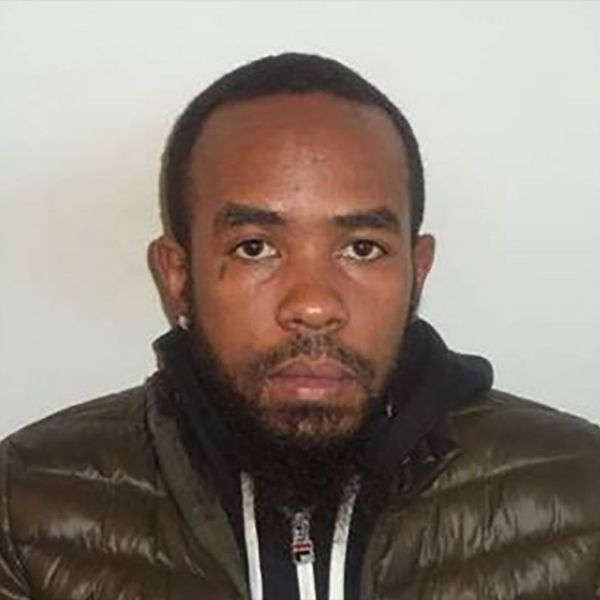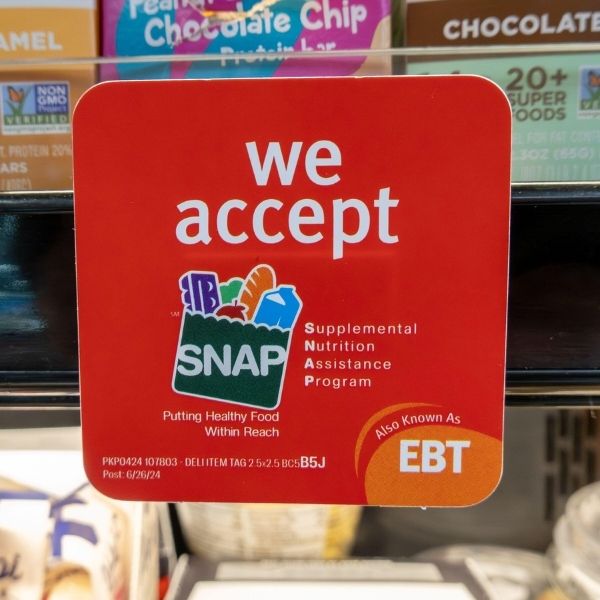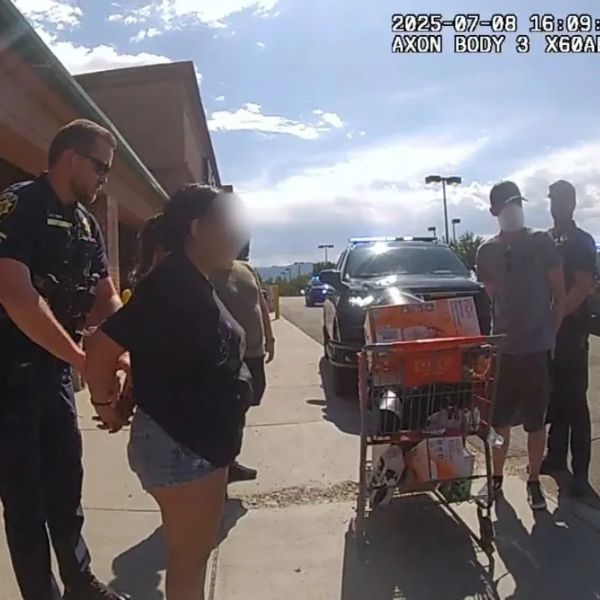The American immigration debate often clings to the idea that there’s a “right” and “wrong” way to enter the country—usually framed in legal versus illegal terms or likened to patiently waiting in line versus cutting it. But this binary doesn’t hold up under the weight of real-world experiences.
Yes, some immigrants spend years navigating the system and gaining approval. Others cross the border without permission. And yes, every country has a right to control its borders. But for millions of immigrants, the journey to the U.S. is shaped by outdated laws, broken systems, dangerous conditions, and life-or-death decisions—far removed from neat definitions of right and wrong.
Take Colorado Rep. Gabe Evans, for example. He often cites his grandfather’s supposed “legal” immigration story to support harsh deportation policies. “You need to go stand in that line and do it the right way,” he said while endorsing Donald Trump’s mass deportation plans.
But a recent investigation by Colorado Newsline revealed the truth: Evans’ grandfather, Cuauhtemoc Chavez, actually entered the U.S. without authorization in 1929 and lived in El Paso without legal status for years. He was even arrested for an immigration violation and faced deportation. Despite this, Chavez served in World War II, gained citizenship in 1946, and became a respected union leader.
The revelation didn’t just expose Evans’ faulty narrative. It underscored a deeper truth—immigration journeys are complex, often filled with hardship, sacrifice, and courage. Legal immigration paths are notoriously difficult to navigate, and for many, the alternative is not just “wrong”—it’s the only option to survive.
Consider the facts: the U.S.-Mexico border is one of the world’s deadliest land migration routes. Nearly 1,300 migrants died or disappeared across the Americas in 2023 alone. In the El Paso sector—a stretch of the border covering parts of New Mexico and West Texas—299 human remains were discovered in just 20 months.
People don’t risk that journey lightly. They flee political violence, economic desperation, natural disasters, and systemic threats. In those circumstances, the concept of “doing it the right way” often becomes meaningless. Sometimes the choice isn’t between legal and illegal—it’s between danger and death.
Chavez was just five years old when his widowed mother brought him and his siblings to the U.S. in 1929, seeking survival in El Paso’s poverty-stricken El Segundo Barrio. His story, like so many others, is proof that contributions to America often transcend how someone arrived.
After the truth about his grandfather emerged, even Evans seemed to soften his stance: “I think I’ve always talked about doing it the ‘right way,’ which is in reference to the fact that (my grandfather) joined the military and served his country.”
That admission suggests a more humane perspective—that what immigrants give to this country matters more than how they first arrived. If immigration policy reflected this understanding, it would not only be more compassionate—it would serve the country far better.
This article has been carefully fact-checked by our editorial team to ensure accuracy and eliminate any misleading information. We are committed to maintaining the highest standards of integrity in our content.

Katie is a senior who has been on staff for three years. Her favorite type of stories to write is reviews and features. Katie’s favorite ice cream flavor is strawberry.















Leave a Reply